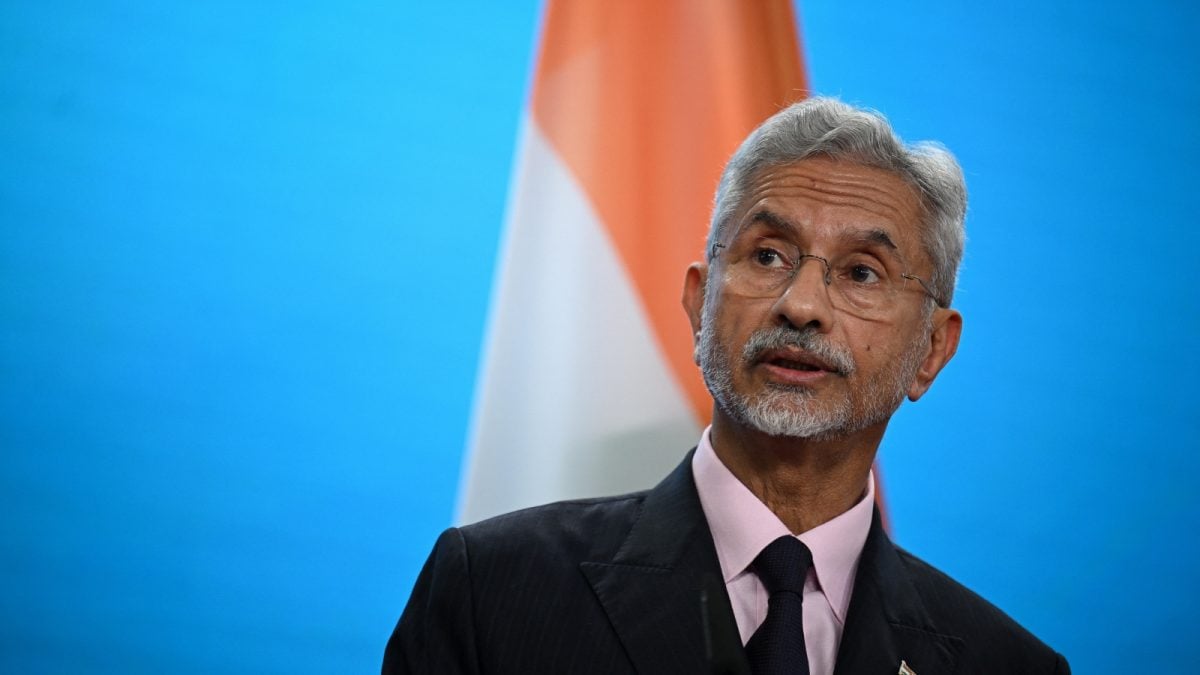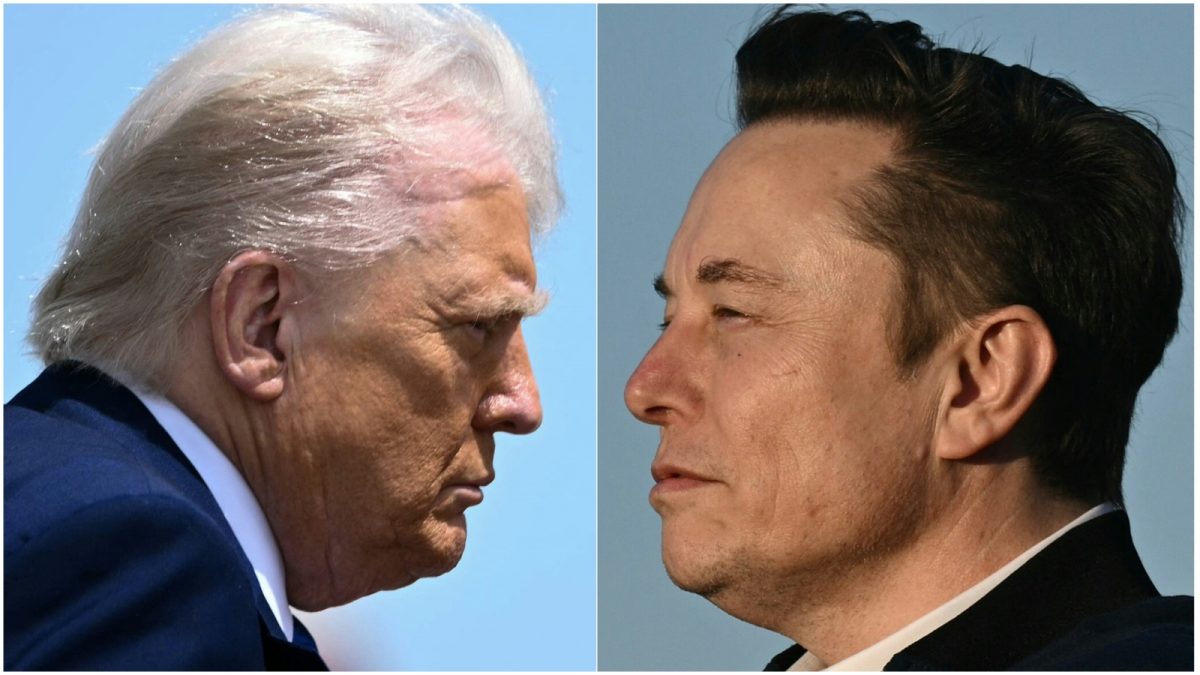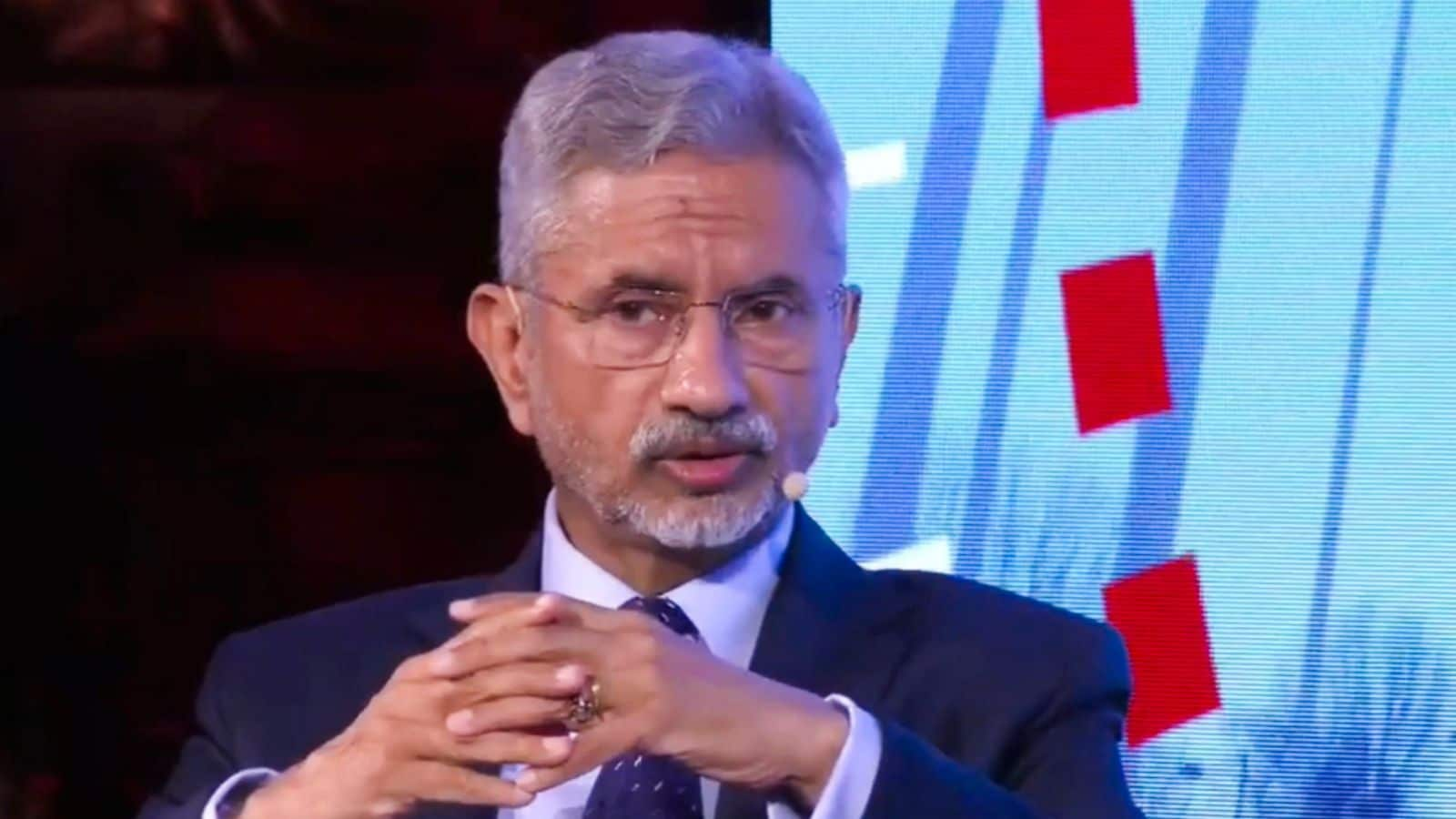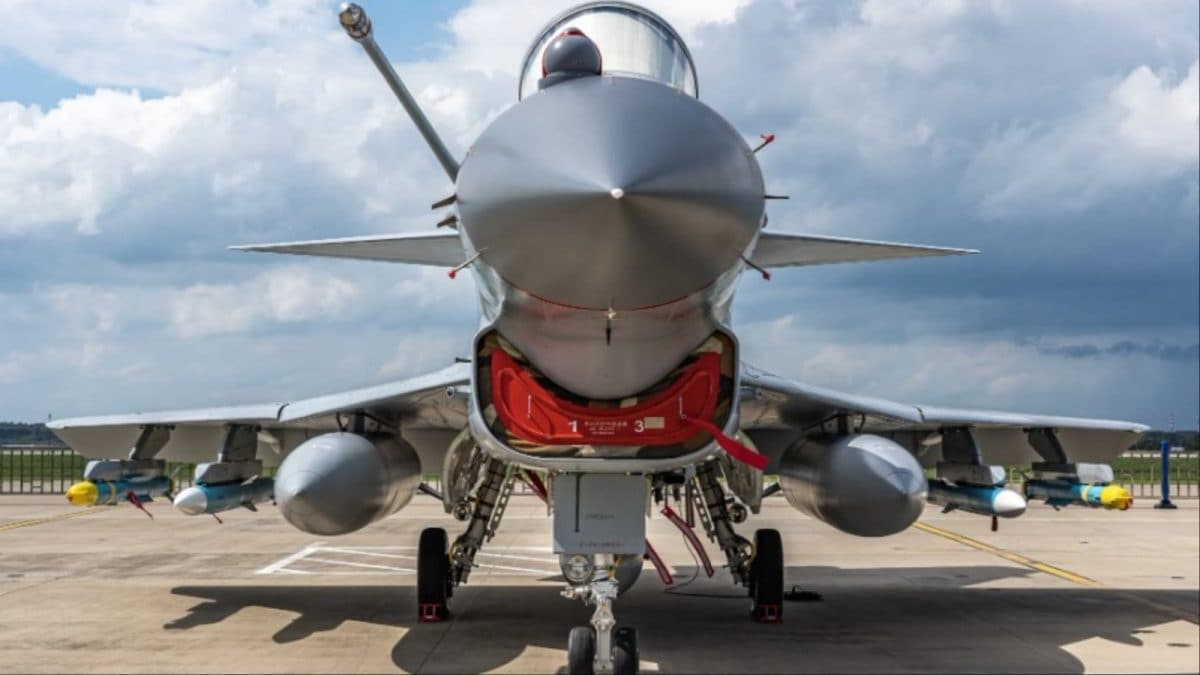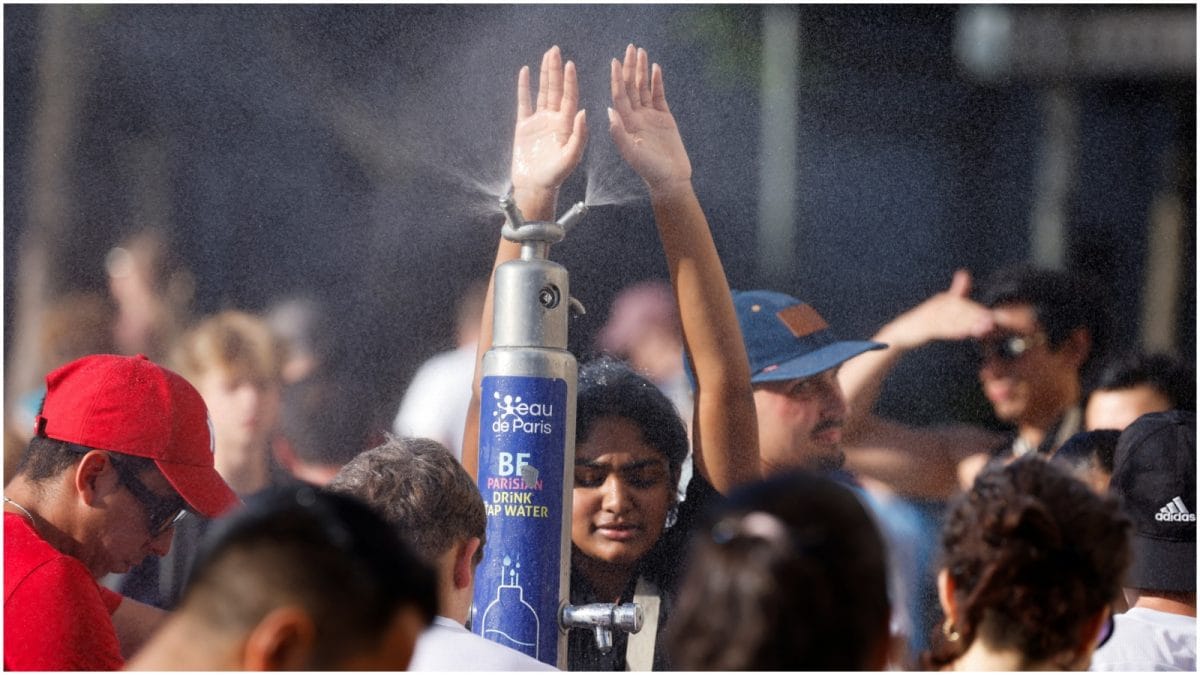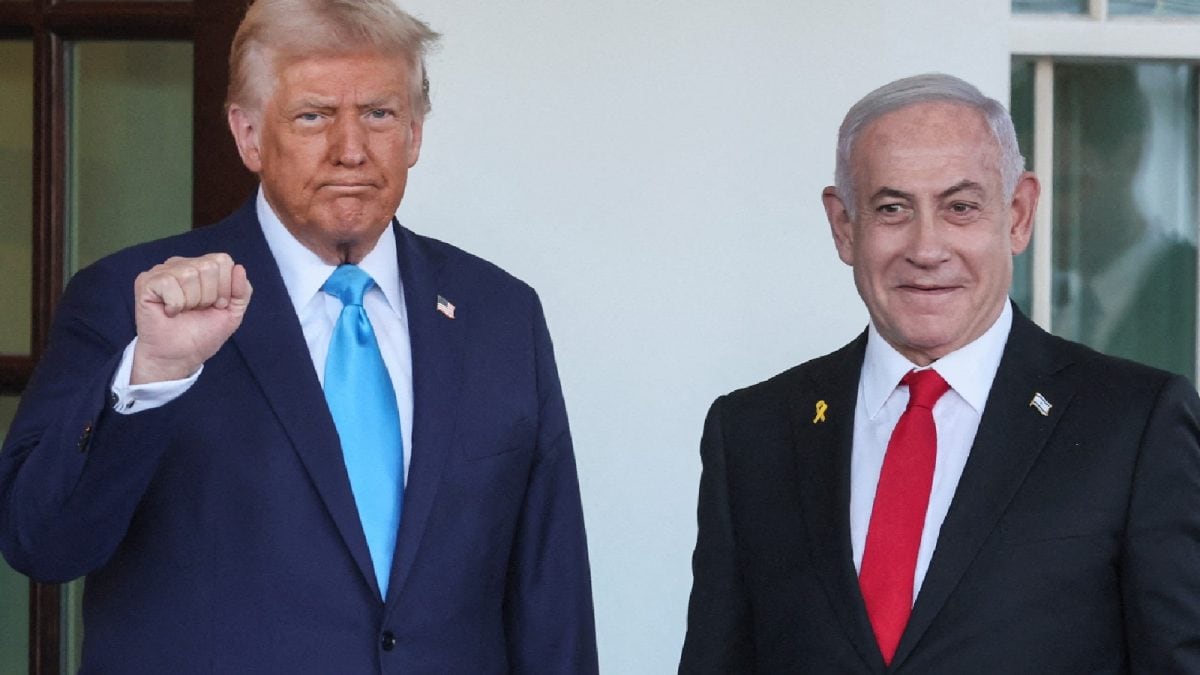Last Updated:May 20, 2025, 13:39 IST
The Indian Air Force (IAF), which operates over 270 Su-30MKI aircraft - the backbone of its combat fleet - has maintained strong defence ties with Russia since the 1990s.

The Su-57M, an advanced iteration of the Su-57, is fitted with the powerful AL-51F-1 engine, state-of-the-art stealth features, and long-range radar systems. (AP Photo)
In a significant leap that could redefine future air combat, Russia has successfully tested an artificial intelligence-assisted version of its cutting-edge Sukhoi Su-57M fighter jet, marking the first flight of its kind. The move has not only startled US defence observers but also presented a strategic opportunity for India, which maintains one of the largest fleets of Russian-origin Sukhoi aircraft.
The maiden AI-assisted flight of the Su-57M was conducted recently under the command of veteran test pilot Sergei Bogdan. While a human pilot was still in the cockpit, much of the aircraft’s flight control, navigation, and target selection were handled autonomously by an integrated AI system. The experiment is being hailed as a milestone in Russia’s aerospace history, placing the country among the few global powers actively deploying AI in combat aviation.
This AI integration forms a critical part of Russia’s long-running PAK FA program, initiated in 1999 to develop fifth-generation air superiority fighters. The Su-57M, an advanced iteration of the Su-57, is fitted with the powerful AL-51F-1 engine, state-of-the-art stealth features, and long-range radar systems. Experts suggest that this model positions Russia to more directly compete with American jets like the F-22 Raptor and the F-35 Lightning II.
Although the Su-57M was not flown fully autonomously – current safety protocols still mandate a pilot on board – AI took control of key operations during flight. Such systems promise faster decision-making and reduced pilot workload, especially in high-risk combat scenarios.
Defence analysts suggest this technology may soon become central to air warfare strategy, enabling fighters to operate in networked swarms, respond to threats in real time, and adapt to complex mission demands with minimal human intervention.
This development hasn’t gone unnoticed in India. The Indian Air Force (IAF), which operates over 270 Su-30MKI aircraft – the backbone of its combat fleet – has maintained strong defence ties with Russia since the 1990s. The Su-30MKI program began with a 1996 deal, and the aircraft has since been assembled and manufactured under license by Hindustan Aeronautics Limited (HAL). The twin-seater, twin-engine fighter is lauded for its long range, supermaneuverability, and modern avionics.
Given India’s strategic reliance on the Sukhoi platform, analysts say that it could be a natural partner in further AI-enhanced aviation technologies. As geopolitical alignments shift and future air battles become increasingly automated, Indian interest in Russia’s AI-assisted fighter program may intensify, especially if it provides a cost-effective pathway to integrating AI with its existing fleet.
Location : First Published:News world Russia Unveils First AI-Powered Sukhoi Su-57M Fighter Jet. Here's How India Benefits

 1 month ago
1 month ago
